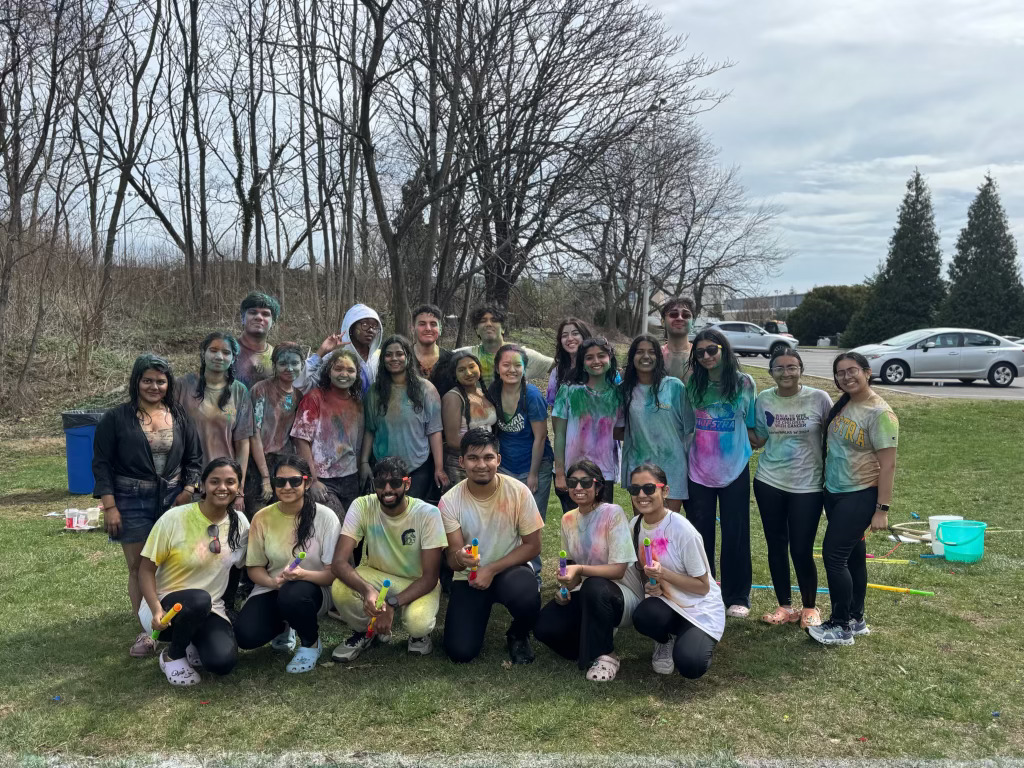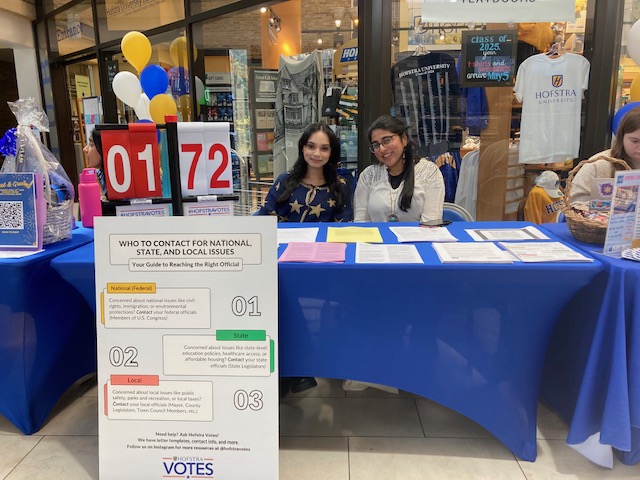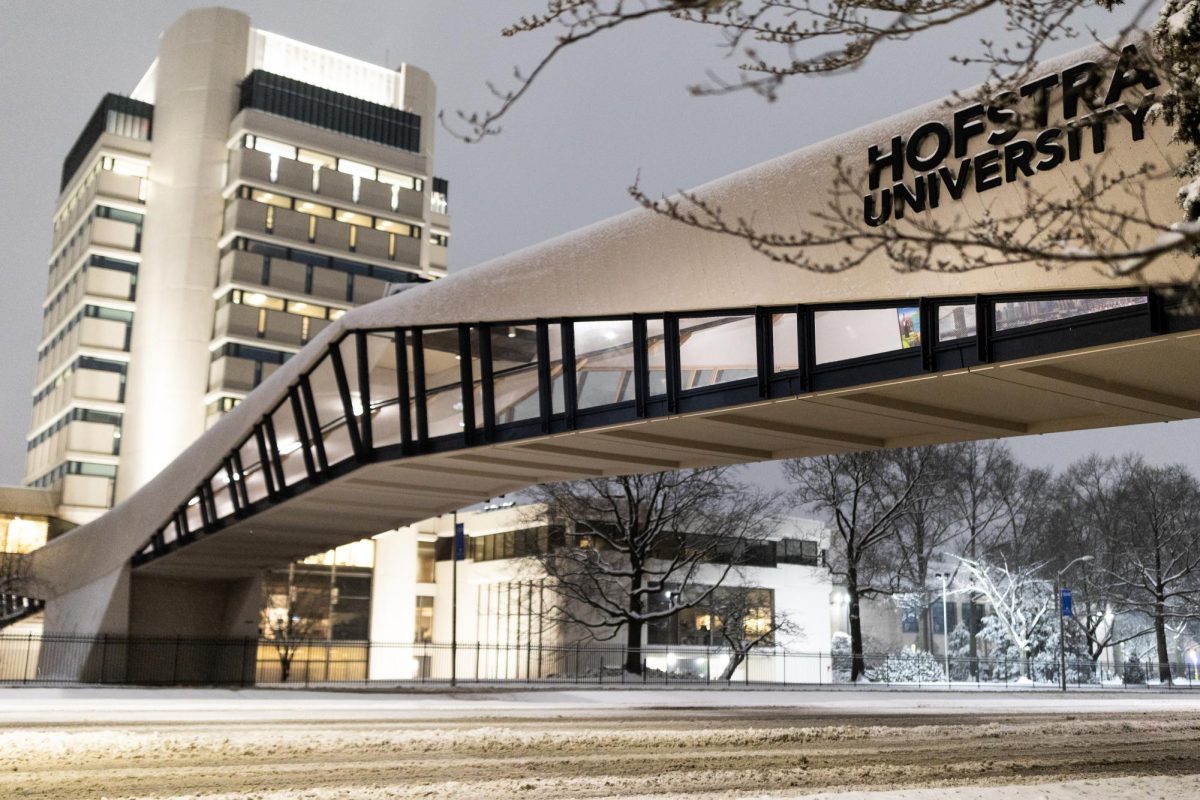In an effort to make campus accessible to all faculty and students, Hofstra University has developed a plan to update older buildings and design new facilities that follow the tenets of universal design; however, individuals still remain concerned about the lack of accessibility during an emergency situation.
During the 2016-2017 and 2017-2018 academic years, Director of Student Access Services (SAS) Julie Yindra, along with SAS and members of the Hofstra community, formed the SAS Task Force with the goal of, “assessing the experience of the Hofstra University community with focus on the needs of, opportunities for and support of students with disabilities.”
The Americans with Disabilities Act (ADA), passed in 1990, is a civil rights law that prohibits discrimination against individuals with disabilities in all areas of public life.
Emergency situations such as fires emphasize why buildings need to be accessible for all. Felicia Leto, a senior community health major, was on the second floor of Roosevelt Hall when a fire alarm went off.
Students began to evacuate, but Leto couldn’t leave without assistance because she is in a wheelchair. Leto had a panic attack while waiting to be evacuated from the building.
“The reason for my panic attack was because I knew the elevators would be locked and I was unaware of who I should contact for help or where I should go in the building,” Leto said.
The evacuation process in a situation like this involves calling Public Safety, notifying them of the location and having a Public Safety officer wait with the individual until emergency services arrive.
Leto suggests that fire safety procedures for students who have mobility impairments be printed in class syllabi.
“Not only will students with disabilities be aware, other students will be aware and the professors will be aware,” Leto said.
“What we want to make sure of is that we know how everybody’s getting out and that there’s a plan for that,” Yindra said. “We work with [Public Safety] and the local emergency response folks so we know how everybody’s getting out of a particular space.”
Escaping in a crisis is something that Brian Cox, associate professor of psychology, thinks about daily. Cox has cerebral palsy and uses two canes to get around.
Once, while Cox was teaching a class, the fire alarm went off. “[It took] way too long to get out,” Cox said.
Hauser Hall, where Cox teaches, had a ramp built for wheelchair users.
“[The ramp was] for many years crumbling. I always had to look down to avoid falling” Cox said. “The experience of a disabled person, generally, is of waiting for stuff to happen.”
Hofstra is planning on renovating the student center and adding new ADA-compliant walkways and ramps.
They are also adding more ADA parking spaces in the parking lots in the near future.
The newly renovated Frank G. Zarb School of Business will have accessible features, including automatic doors in both entrances.
All other doors in the building will not require great force to open.
The building was also designed with areas of refuge – places where students can go during emergency situations and wait for help to arrive.
Jason Levy, a senior marketing major, feels that Hofstra does a good job of accommodating his needs and the needs of other students with disabilities.
“I would say be more aware that the automatic doors tend to short out a lot,” Levy said.
The SAS task force compiled a report that will be sent to Hofstra University President Stuart Rabinowitz later this semester.







